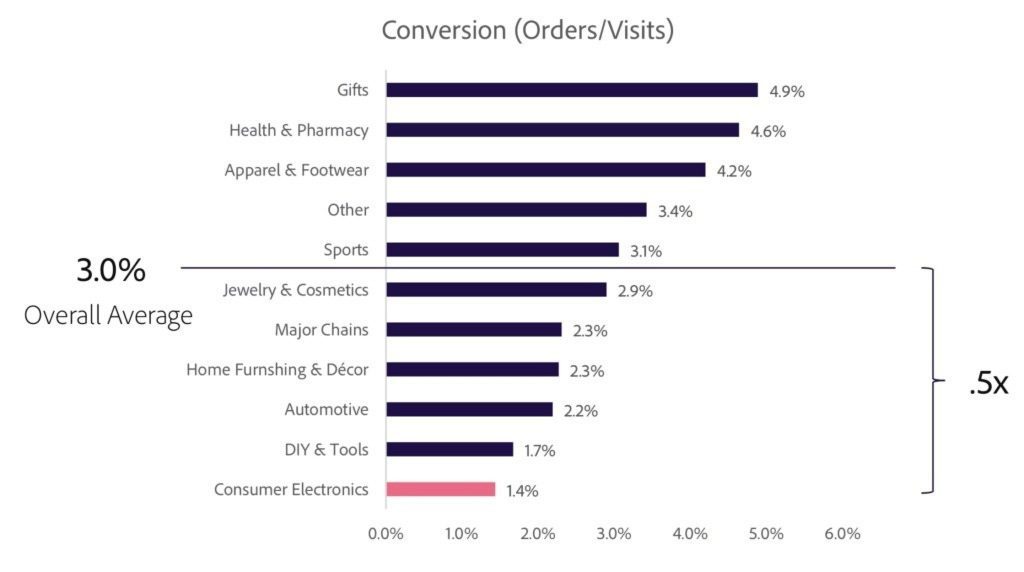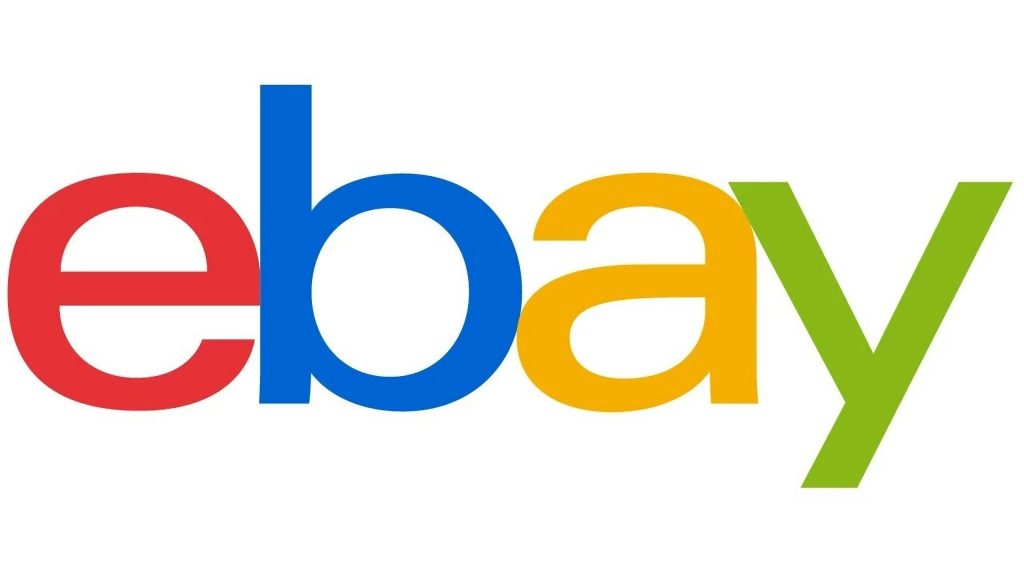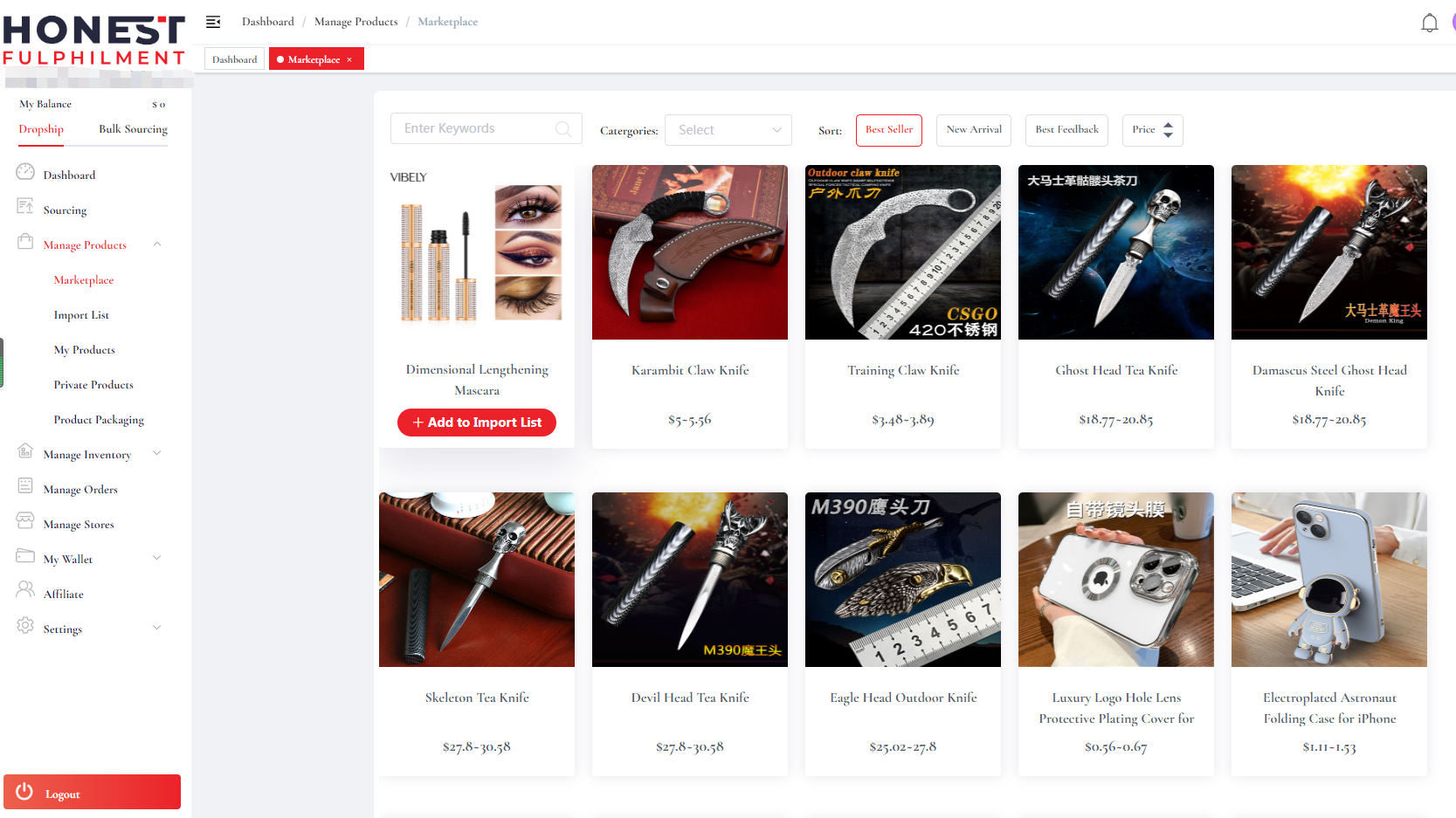The Ultimate Guide of Good Profit Margin for Dropshipping
- 26/08/2022
- HonestFulphilment
This is the ultimate guide to the most lucrative question about dropshipping or any other form of online business: good profit for dropshipping.
As the pace of digital transformation accelerates and online businesses, especially dropshipping, become more and more popular, it becomes increasingly important to know how to increase dropshipping profitability.
Therefore, we bring this article to guide you on how to calculate and improve your dropshipping profit margins, as well as to help you analyze the costs of conducting dropshipping across four platforms. If you follow our guide, these products will boost your e-commerce business. We recommend that you continue to follow this article until the end so you don’t miss anything important.
Let’s get started.

What is the Definition of Dropshipping Profit Margin?
Without defining dropshipping profit margin, we can’t talk about net income, profit, expenses, and others. It is the amount of money you have left after deducting costs from revenue. Let’s take an example: You sell a pair of shoes on your e-commerce site for $100. Your cost is $90 and the profit from selling the pair of shoes is $10.
How to Calculate Dropshipping Profit Margin?
Calculating the profit margin is easy. You can calculate two types of margins: gross profit margin and net profit margin. Both measure the profitability your dropshipping store generates.
Taking into account the costs involved in each sale, the gross margin represents the profitability of each sale made by your dropshipping store.
It is the easiest to calculate and provides the clearest indication of how much profit you are making from the products you have sold.
To calculate your gross margin, you must subtract the cost of goods sold (COGS) from your total sales revenue. This will give you your gross profit.
Gross Profit = Total Revenue – Cost of Goods Sold
After you get the gross profit, you can divide it by the total revenue to get the gross profit margin. Here is the profit margin formula.
Gross Profit Margin = Gross Profit / Total Revenue
For example, let’s say you have a dropshipping store that made $200,000 in sales last month. If the cost of goods sold was $120,000, your gross profit would be $80,000.
You can divide $80,000 by $200,000 to get a gross profit margin of 0.40.
All in all, your gross profit margin would be 40%!
Net profit margin is the ultimate measure of a company’s profitability. It is a little more complicated than the gross profit margin calculation because it takes into account all the other expenses you incur when running a dropshipping business.
For your e-commerce store, you will need to pay for
To calculate your net profit margin, you need to take your gross sales revenue and subtract the cost of goods sold and all other expenses. This will give you a net profit.
Net Profit = Total Revenue – Cost of Goods Sold – All Other Expenses
After you get the net profit, you can divide it by the total revenue to get the net profit margin.
Net Profit Margin = Net Profit / Total Revenue
For example, let’s say you have a dropshipping store that made $200,000 in sales last month.
If the cost of sales was $120,000 and your other expenses were $40,000, then your net profit would be $40,000.
To get the net profit margin, you divide $40,000 by $200,000 to get 0.20.
In other words, your net profit margin would be 20%.
How can Increase the Profit Margin for Dropshipping
One of the most effective ways to increase profit margin is to up-sell or cross-sell your products. You can offer premium add-ons to your existing products to increase the average purchase value.
A successful seller does not make customers pay a premium for the same product, and is able to force suppliers to lower their prices, thus increasing profit margins without increasing costs. On the one hand, you avoid upsetting customers by raising prices, on the other hand – you can earn more sales.
Logistics costs have always been a problem for sellers doing cross-border e-commerce, and postage costs have been rising up and up, challenging the limits of sellers to bear. Not to mention the Amazon FBA peak season price increase, recently, not only China Postal Express announced price increases, but the United States Postal Service and FedEx are also going to increase prices. Sellers a bitter tears, if the postage can be less good!
Sending FBA needless to say, everything is Amazon’s say-so. But if it is self-shipped or shipped on behalf of the seller to choose the right words, there is a real opportunity to save shipping costs. For example – for the same 2-pound package delivery to New York, choose a ground delivery business, shipping from Morrisville and then shipping from Indianapolis can save up to $ 13.5. Some sellers exclaim: Save money, So easy!
With the advancement of technology, automation is quite convenient. We can use software to take on most of the heavy lifting, which means you can save a lot of time and money from your employees. For example, automatic order fulfillment can automatically ship your orders for you as soon as they are placed by your customers, without taking any extra time from you. There is also an inventory management system where your inventory can be automatically recorded for you, and you can set up inventory alerts to remind you to replenish your stock in time to avoid order delays caused by out-of-stocks.
One way to differentiate yourself from other businesses is to build your own brand. Having a unique brand may not seem like a big deal at first glance, but it can give you a lot of added value in the long run.
Tips to Increase Profit Margin for Dropshipping
Pricing a dropshipping product can seem daunting, but once you know the formula to use and set some e-commerce KPIs, it’s fairly simple. Even the best dropshipping business ideas are only as successful as their pricing model. Too high and you’ll scare customers away, too low and you’ll lose money and be out of business.
Conversely, you must sell more items to achieve the same total value. Pricing needs to be product specific in order to get the most out of each sale.
Many short-lived dropshipping businesses have used this approach, leading many consumers to become angry and start asking “Is dropshipping dead?” and “Is dropshipping legal?”
Try to raise your prices to cover these costs or you’ll lose more money every time you advertise your product.
The 5 Most Crucial Profit Margin Data for Your Dropshipping Store
Here are some of the most important profit margin data for your dropshipping store:
Now, let’s take a closer look at each of these:
Cost of Goods Sold (COGS) is usually the most important expense for dropshipping stores. COGS can vary for those who buy wholesale versus those who make their own products. For a dropshipping store, COGS is equal to the price you pay at the dropshipping supplier.
For example, let’s say you sold 200 products in the last month and paid your supplier $10 per product. In this case, your COGS would be $2,000.
As mentioned earlier, COGS is a key factor in calculating your gross profit margin. Therefore, it is a crucial statistic.
As with COGS, shipping costs are a significant expense for dropshipping. They include expenses for shipping labels, packaging, and postage.
You can get an idea of your store’s shipping costs by examining the shipping costs you paid your supplier for all orders shipped in a given period.
For example, let’s say you shipped 300 orders in the last month and you paid your supplier an average of $4 per order for shipping. In this case, your shipping costs would be $1,200.
Average Order Value (AOV) is the average amount of money each customer spends in your store. To calculate your AOV, divide the total sales revenue by the number of orders.
AOV = Total Revenue / Number of Orders
For example, let’s say you had 200 orders in the last month and the total revenue from those orders was $10,000. Your AOV would be ($10,000 divided by $200) $50.
In general, if you manage to increase your AOV, your dropshipping profit margins will increase.
However, it also depends a lot on the price of the goods you sell. For example, a store selling cups will have a lower AOV compared to a store selling treadmills.
Conversion rate is the percentage of your store’s visitors who make a purchase. To calculate your conversion rate, divide the number of orders by the number of unique visitors to your website.
Conversion rate = number of orders/number of unique visitors
For example, let’s say you had 500 orders and 1,0000 unique visitors in the last month. Divide 500 by 1,0000 and you get 0.05. In other words, 5% of your store’s visitors made a purchase.
Also, keep in mind that not all niches and products have the same conversion rates.

The refund rate is the percentage of orders that are returned. To calculate your refund rate, simply divide the number of refunds by the total number of orders.
Refund rate = number of refunds/total number of orders
For example, let’s say you had 100 orders in the last month and 3 of them were returned. Then your refund rate would be 3%.
A high refund rate has a very big impact on the profit margin of your dropshipping store. First, it will reduce your revenue because you are forced to refund this order to the customer. Secondly, you have to pay for the round-trip shipping costs.
Dropshipping Fees and Commission Policies for the Platforms
One of the few drawbacks of the dropshipping model is that there are many fees and commissions associated with it. All suppliers involved in dropshipping charge dropshipping fees. These fees cover a range of their activities. These activities include production or manufacturing, order fulfillment, shipment tracking, etc.
Amazon

Amazon is the place of choice for many shippers. Having Amazon provide the service (FBA) means that you will find it very convenient to have your goods delivered to their logistics center. You will have to pay storage fees (if you use Amazon’s delivery service) and referral fees, which can reach well over 20% for more expensive products, compared to the usual claim of between 8-15%.
Amazon charges $39.99 per month, but on top of that, you pay an additional sales fee every time you sell an item, which is a pretty big number if you’re selling a large item with a low-profit margin.
eBay

eBay charges up to 15% of the total amount of each sale (the price of the item, postage, and all the fees that come with it) plus the cost of processing the order ($0.30 per order). eBay’s problem is that you should pay, while you can get some listings for free if you need to list more. You can also pay to get an eBay subscription, but your price will only increase with it.
While eBay is initially cheaper, in the long run, it costs more than Amazon.
Shopify

Shopify is a hosted e-commerce platform. It is probably the most visible name in the industry, with over a million sellers worldwide. Customers are well aware of the themes and there are many conveniences for retailers. Shopify has four pricing plans. Basic, Shopify Edition, Premium, and Shopify Plus (which you won’t find in the regular pricing model). The platform charges based on the size of your company. If you’re a small seller, you’ll pay $29 per month, and you may need to pay for a higher plan.
You’ll need to consider application costs and processing fees – if you have an application, you’ll need to pay additional fees. But even then, it won’t come close to what you might have to spend in a large market.
Honest FulPhilment

Unlike the other three platforms, the Honest FulPhilment platform is completely free, you don’t need to pay annual, quarterly, or even monthly fees.
Honest FulPhilment platform can be connected to your Shopify and woo-commerce store, you just need to simply sign up for the Honest Fulphilment App, submit your purchase request on it, and our professional procurement team will respond as quickly as possible to help you find the products you want, and then list your products on the Honest Fulphilment Marketplace and connect them to your store. After the customer places an order in your store, the Honest Fulphilment back office will receive the order in parallel and ship it to you as soon as possible.
The most important thing is that we have a transparent pricing system and only charge for the purchase and packaging of the products.
Conclusion
Good profit margins for dropshipping may not be as hard to achieve as you think. All you need to do is keep your costs low and your prices high (but not too high). Use the tips above to connect with your customers and provide them with the ideal product at a friendly price.
If you need some extra help, visit our website or join our community and see what we can do for you!
FAQ about Good Profit Margin for Dropshipping
What is the best profit margin for dropshipping?
How do you calculate a 30% margin?
Need a Quick Quote?
– Competitive price
– Quote within 24 hours
– 30+ Shipping methods
– Dedicated account manager
– Shopify/Woo integrations
– Autofulfil
– Auto tracking
– Plus much, much more

5 Best Wholesale Home Decor Suppliers 2023



10 Best Bikini Brands For Summer 2023








